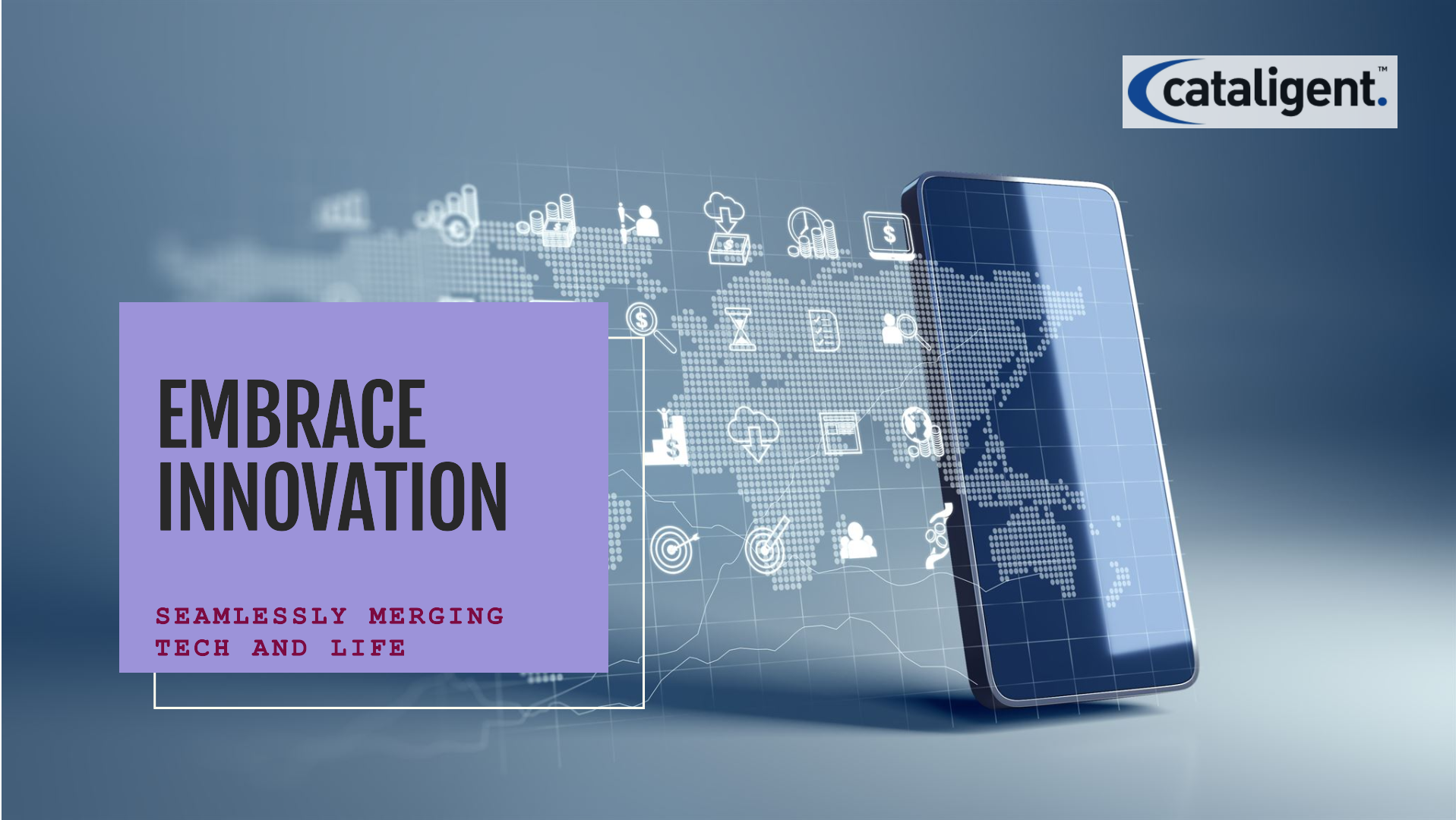What is Technology Integration?
Introduction
Technology integration refers to the seamless incorporation of digital tools and technologies into various aspects of life, including education, business, healthcare, and everyday activities. It enhances efficiency, productivity, and accessibility, making processes more streamlined and effective. This document explores the key points, types, benefits, challenges, and future trends of technology integration.
Key Points of Technology Integration
1. Definition and Importance
Technology integration is the process of embedding technological tools and solutions into various domains to improve functionality and efficiency. It plays a vital role in modern society by enhancing communication, automating tasks, and providing innovative solutions to everyday problems.
2. Goals of Technology Integration
- Improving Efficiency: Reducing time and effort required for tasks.
- Enhancing Accessibility: Making services available to a broader audience.
- Facilitating Communication: Connecting people across different locations.
- Encouraging Innovation: Driving advancements in various fields.
- Enhancing Learning and Development: Enabling better educational experiences.
3. Key Areas of Implementation
- Education: Online learning platforms, smart classrooms, AI tutors.
- Business: Digital marketing, cloud computing, automation.
- Healthcare: Telemedicine, AI-driven diagnostics, robotic surgeries.
- Manufacturing: Internet of Things (IoT), robotics, automation.
- Daily Life: Smart homes, wearable technology, virtual assistants.
Types of Technology Integration
1. Technology in Education
Education has witnessed a significant transformation with the integration of technology. Some key aspects include:
- E-Learning Platforms: Coursera, Udemy, and Khan Academy provide accessible education.
- Smart Classrooms: Interactive whiteboards, digital textbooks, and VR-based learning.
- AI and Machine Learning: Personalized learning experiences.
- Online Assessments: Automated grading and remote examinations.
2. Technology in Business
Businesses leverage technology for growth, efficiency, and customer engagement. Key types include:
- Cloud Computing: Data storage and remote accessibility.
- Artificial Intelligence: Chatbots, data analytics, and automation.
- E-Commerce: Online shopping platforms like Amazon and Shopify.
- Digital Marketing: SEO, social media marketing, and influencer campaigns.
3. Technology in Healthcare
Healthcare technology improves diagnostics, treatment, and patient care:
- Telemedicine: Remote consultations and virtual health monitoring.
- Electronic Health Records (EHRs): Digital patient records.
- Medical Wearables: Smartwatches that track heart rate, oxygen levels, and sleep patterns.
- AI in Healthcare: Predictive analytics and robotic-assisted surgeries.
4. Technology in Manufacturing
Industry 4.0 integrates technology into manufacturing through:
- Automation and Robotics: Reducing human labor and improving precision.
- Internet of Things (IoT): Smart sensors for monitoring production.
- 3D Printing: Rapid prototyping and custom manufacturing.
- Big Data Analytics: Enhancing decision-making with real-time insights.
5. Technology in Daily Life
Modern technology enhances everyday convenience:
- Smart Homes: IoT-based home automation.
- Wearable Technology: Fitness trackers and smartwatches.
- Virtual Assistants: AI-based assistants like Alexa, Siri, and Google Assistant.
- Self-Driving Cars: Autonomous vehicles using AI and machine learning.
Benefits of Technology Integration
- Increased Efficiency: Automation speeds up processes and reduces errors.
- Improved Accessibility: Remote learning and work become possible.
- Enhanced Communication: Video conferencing and instant messaging facilitate global connections.
- Better Decision-Making: AI and big data provide valuable insights.
- Cost Savings: Reduces operational costs through automation.
- Environmental Benefits: Digital solutions reduce paper waste and energy consumption.
Challenges of Technology Integration
- High Implementation Costs: Initial investment can be expensive.
- Cybersecurity Threats: Increased risk of hacking and data breaches.
- Digital Divide: Not everyone has equal access to technology.
- Resistance to Change: Some individuals and organizations resist new technologies.
- Technical Issues: Software bugs, hardware malfunctions, and connectivity problems.
- Privacy Concerns: Data collection and surveillance issues.
Future Trends in Technology Integration
- Artificial Intelligence and Machine Learning: More industries will adopt AI-driven solutions.
- 5G and IoT Expansion: Faster connectivity and more interconnected devices.
- Augmented Reality (AR) and Virtual Reality (VR): Enhanced immersive experiences.
- Blockchain Technology: Secure transactions and decentralized data storage.
- Sustainable Technology: Eco-friendly innovations in energy and waste management.
- Quantum Computing: Solving complex problems at unprecedented speeds.
Conclusion
Technology integration is an ongoing process that continues to shape industries and daily life. While it presents several challenges, its benefits far outweigh the drawbacks. With continuous advancements in AI, IoT, and automation, the future of technology integration promises even greater efficiency, accessibility, and innovation. Organizations and individuals must adapt to these changes to stay competitive and leverage the full potential of technology.

